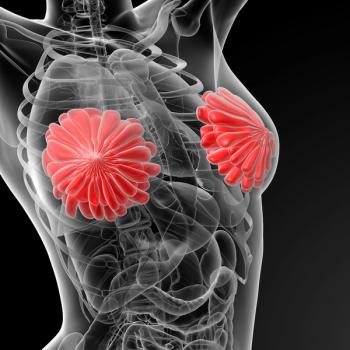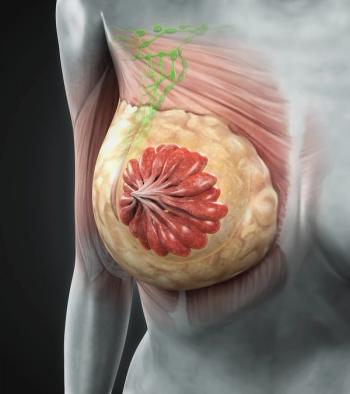
Oncology NEWS International
- Oncology NEWS International Vol 10 No 10
- Volume 10
- Issue 10
Study Finds Three Predictors of Pain and Fatigue in Elderly
EAST LANSING, Michigan-A study of 841 patients age 65 and older newly diagnosed with breast, colon, lung, or prostate cancer found three predictors of pain and fatigue: advanced stage, more comorbid conditions, and lung cancer, compared with breast cancer (the reference), according to researchers from Michigan State University.
EAST LANSING, MichiganA study of 841 patients age 65 and older newly diagnosed with breast, colon, lung, or prostate cancer found three predictors of pain and fatigue: advanced stage, more comorbid conditions, and lung cancer, compared with breast cancer (the reference), according to researchers from Michigan State University.
Patients were observed at intake and at 12 to 16, 24 to 30, and 52 weeks. The researchers found that pain and fatigue decreased at each observation over the course of the year of follow-up. Fatigue was more commonly reported than pain (30% vs10%) over the year.
No link was found between advancing age and pain and/or fatigue. After controlling for other variables, women were significantly more likely than men to experience pain and/or fatigue, but this may have been confounded by the fact that the prostate cancer patients were significantly less likely to report either pain or fatigue than the breast patients.
Surgery and radiotherapy were significantly associated with pain and fatigue, and chemotherapy was significantly associated with fatigue, but only within the first 40 days after concluding treatment.
Pain and fatigue correlated with a higher mean number of other symptoms (6 vs 2.5 for those without pain or fatigue). "This fact speaks very strongly to the importance of managing these two symptoms," said lead author Charles Given, PhD (J Pain Symptom Manage 21:456-466, 2001).
Articles in this issue
about 24 years ago
High-Dose IL-2 Is Standard in Advanced Renal Cell Cancerabout 24 years ago
RIT Safe, Effective in Elderly and Poor-Prognosis Patientsabout 24 years ago
FDA Approves Xeloda/Taxotere Combination for Advanced Breast Cancerabout 24 years ago
ODAC Recommends Approval of Radiolabeled Zevalinabout 24 years ago
Proteomics Moves From the Laboratory to Clinical Researchabout 24 years ago
Radiotherapy Not Needed in Older Lumpectomy Patients With Early Cancerabout 24 years ago
Raltitrexed + Oxaliplatin for Advanced Colorectal Cancerabout 24 years ago
Mental Fatigue Worries Chemotherapy Patientsabout 24 years ago
Patients Urged to Work With Professionals Against Fatigueabout 24 years ago
NCI Director Resigns to Head New Scientific InstituteNewsletter
Stay up to date on recent advances in the multidisciplinary approach to cancer.
































































































